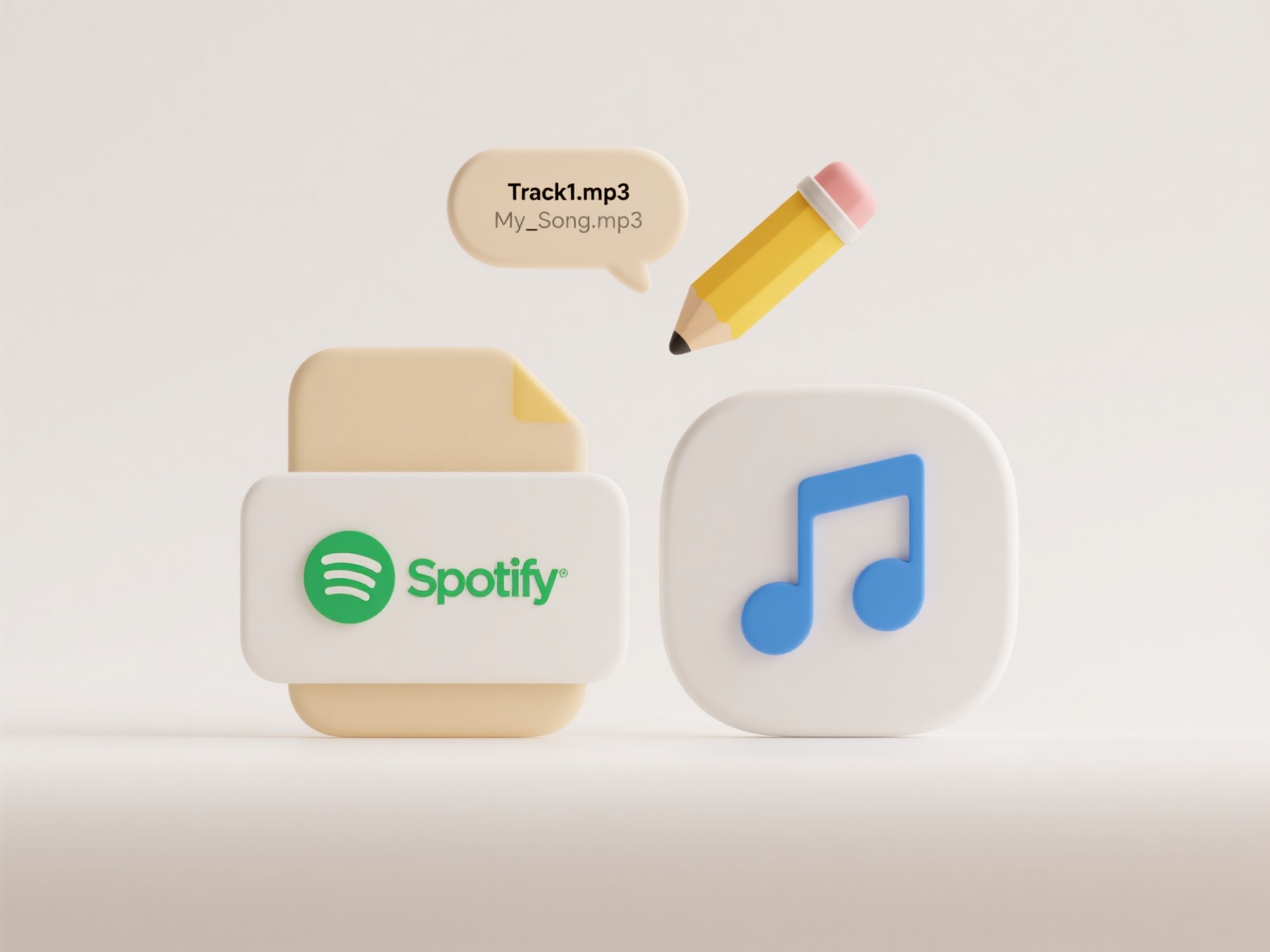
Damaged files occur when data becomes corrupted during transfer, altering its original content. This differs from incomplete transfers (where parts are missing) or failed transfers (nothing arrives). Corruption often stems from network instability, hardware issues, or sudden interruptions disrupting the orderly transmission of bits between devices, making the file unreadable or unusable by its intended application.
Practical recovery starts with checksum verification tools like rsync (Linux/macOS) or File Checksum Integrity Verifier (FCIV - Windows) to confirm damage exists. For partially broken files, specialized repair software is used: Recovery Toolbox for ZIP archives or media players struggling to open corrupted video files via partial data reconstruction. IT departments frequently handle this after large data migrations.

Repair can save time versus re-transferring large files and potentially recovering unique edits. However, success is unpredictable and highly dependent on the severity and location of corruption; heavily damaged files may remain unrecoverable. Ethically, crucial files recovered for legal or medical use require authenticity verification, not just repair. Future approaches increasingly use blockchain-like distributed verification during transfer to proactively prevent such damage.
How do I fix damaged files after transfer?
Damaged files occur when data becomes corrupted during transfer, altering its original content. This differs from incomplete transfers (where parts are missing) or failed transfers (nothing arrives). Corruption often stems from network instability, hardware issues, or sudden interruptions disrupting the orderly transmission of bits between devices, making the file unreadable or unusable by its intended application.
Practical recovery starts with checksum verification tools like rsync (Linux/macOS) or File Checksum Integrity Verifier (FCIV - Windows) to confirm damage exists. For partially broken files, specialized repair software is used: Recovery Toolbox for ZIP archives or media players struggling to open corrupted video files via partial data reconstruction. IT departments frequently handle this after large data migrations.

Repair can save time versus re-transferring large files and potentially recovering unique edits. However, success is unpredictable and highly dependent on the severity and location of corruption; heavily damaged files may remain unrecoverable. Ethically, crucial files recovered for legal or medical use require authenticity verification, not just repair. Future approaches increasingly use blockchain-like distributed verification during transfer to proactively prevent such damage.
Related Recommendations
Quick Article Links
Is it possible to batch rename files based on metadata like creation date?
Is it possible to batch rename files based on metadata like creation date? Batch renaming files using metadata attribu...
How does cloud file version history work?
Cloud file version history automatically saves historical versions of files as they change. When you edit documents, ima...
Why do some files renamed on desktop not reflect in cloud search?
File renaming occurs locally on your computer. When you rename a desktop file managed by a cloud service (like Google Dr...